Last Updated on August 2, 2021
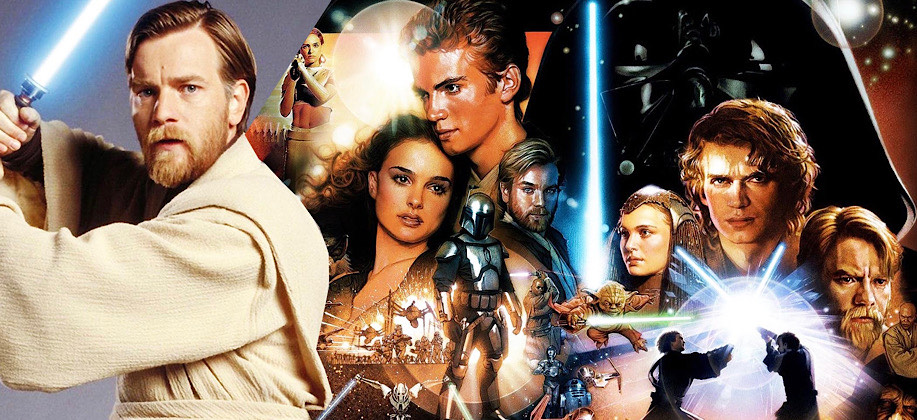
Ewan McGregor is set to return as Obi-Wan Kenobi in a new live-action Star Wars series for Disney+ and this has made him reflect on the films that introduced him as a younger version of the character. The actor is admitting that the harsh reception that the Star Wars prequels received at the time of their release was "quite difficult" to take.
McGregor recently spoke with "The Hollywood Reporter" about his career and the upcoming Obi-Wan series and the topic of the Star Wars prequels was brought up. McGregor took on the younger version of the role, made famous by Alec Guinness in 1977's Star Wars: Episode IV- A New Hope, beginning in 1999's Star Wars: Episode I – The Phantom Menace and concluding with 2005's Star Wars: Episode III – Revenge of the Sith. McGregor was pretty honest in the interview and he admitted that the harsh criticism actually got to him:
"It was hard they didn't get well received. That was quite difficult. They were universally not very much liked."
The Star Wars prequels were met with a mixed response from fans and critics, particularly the first two films. The Phantom Menace currently holds a 52% rotten score on Rotten Tomatoes while Star Wars: Episode II – Attack of the Clones fared a bit better with a 65% fresh score on the site. Unfortunately, Revenge of the Sith gets lumped in with the mediocrity of the other prequels but the end result is quite satisfying and hits the emotional notes needed to close out that chapter of the story. At 80% fresh, the third film of the prequel trilogy was pretty well received but I think a lot of missteps were made leading up to that film that some fans tapped out at the time.
McGregor got pretty candid about what he thought the problem was with the prequels. Director George Lucas wanted to push the prequels in terms of changing film technology. By the time The Phantom Menace was released, CG technology was the norm in big-budget spectacles but wasn't quite refined enough to give audiences photo-real creatures or environments. Steven Spielberg released Jurassic Park in 1993 and that was probably the most effective use of practicals for a big-budget film during that era and nothing had topped it by the time The Phantom Menace was released. The first film of the prequels was the only one shot on film, and it used the most practical sets. As Lucas moved on to the next two movies, the director gradually stripped away more and more of the physical environment in favor of CG sets and backgrounds. This was a big bone of contention with the actors as McGregor goes on to explain that with each successive and underwhelming prequel release, director George Lucas employed more and more CGI, "Because George loves technology and loves pushing into that realm. He wanted more and more control over what we see in the background." McGregor explains that by Revenge of the Sith, physical sets and backdrops had almost entirely been replaced by bluescreens.
"After three or four months of that, it just gets really tedious — especially when the scenes are … I don't want to be rude, but it's not Shakespeare. There's not something to dig into in the dialogue that can satisfy you when there's no environment there. It was quite hard to do."
In the Obi-Wan series, which takes place 10 years after the events of Revenge of the Sith, McGregor explains that they are taking their visual cues from The Mandalorian, which pushed the boundaries of technology while maintaining an element that is grounded and doesn't take you out of the story. With that series, Jon Favreau and his team created photoreal backgrounds live on set so that actors aren't playing against blue screen and floating tennis balls. This will be the same technology used on Obi-Wan:
"They project [the virtual backgrounds] onto this massive LED screen. So if you're in a desert, you're standing in the middle of a desert. If you're in the snow, you're surrounded by snow. And if you're in a cockpit of a starfighter, you're in space. It's going to feel so much more real."
McGregor isn't wrong when discussing the prequels. His sentiment has been shared by Natalie Portman and Hayden Christensen over the years because they said that the more CG was used, the more it took them out of it as performers. Speaking as a moviegoer, no matter how polished those prequels look in terms of CG, they are essentially lifeless, minus the third film. At a certain point, it feels like you're watching a live-action video game and you don't really connect to the final product. I get that Lucas wanted to push the boundaries of CG but it ultimately made his shortcomings a as filmmaker and writer more evident because the CG became a crutch. Happy to hear that, much like The Mandalorian, Obi-Wan won't be relying heavily on CG to convey its story.
Obi-Wan will also see the return of Hayden Christensen as Darth Vader. Joining McGregor and Christensen is a truly interesting ensemble cast that includes Joel Edgerton, Moses Ingram, Bonnie Piesse, Kumail Nanjani, Indira Varma, Rupert Friend, O'Shea Jackson Jr., Sung Kang, Simone Kessell, and Benny Safdie. The show was originally announced at the D23 Expo in August of 2019 and Deborah Chow, who helmed two episodes of The Mandalorian, is set to direct the series.
Do YOU agree with Ewan McGregor's assessment of the Star Wars prequel?


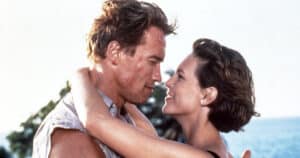

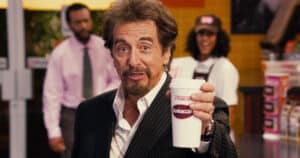
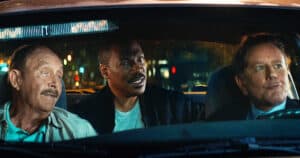
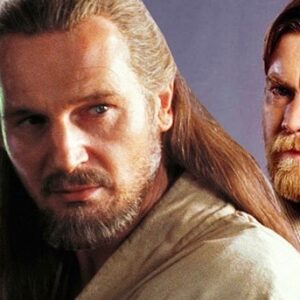
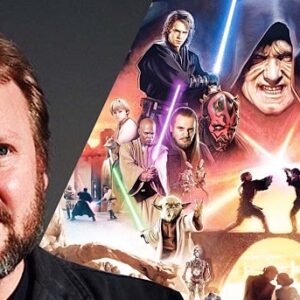
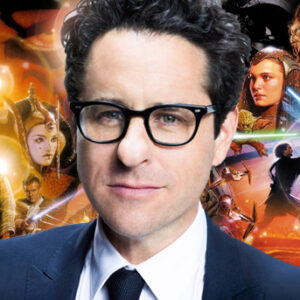


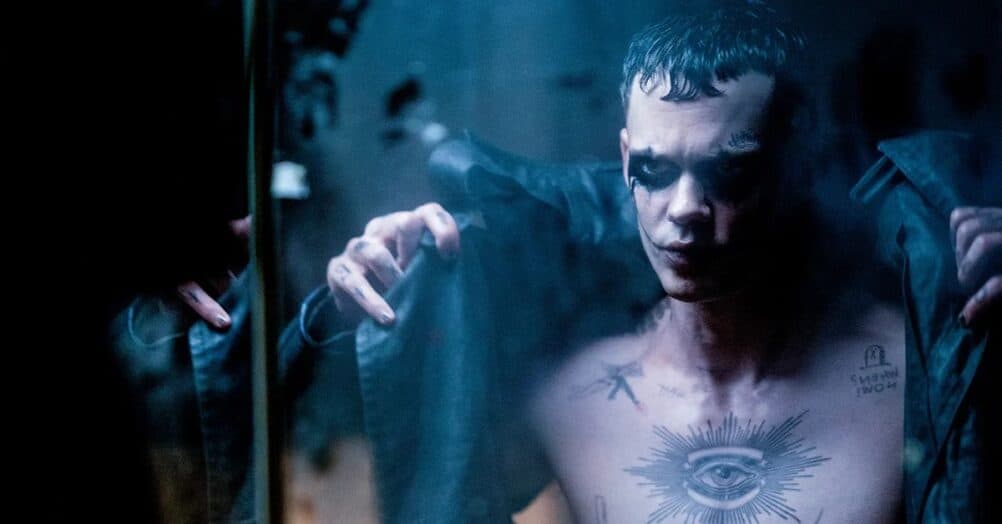
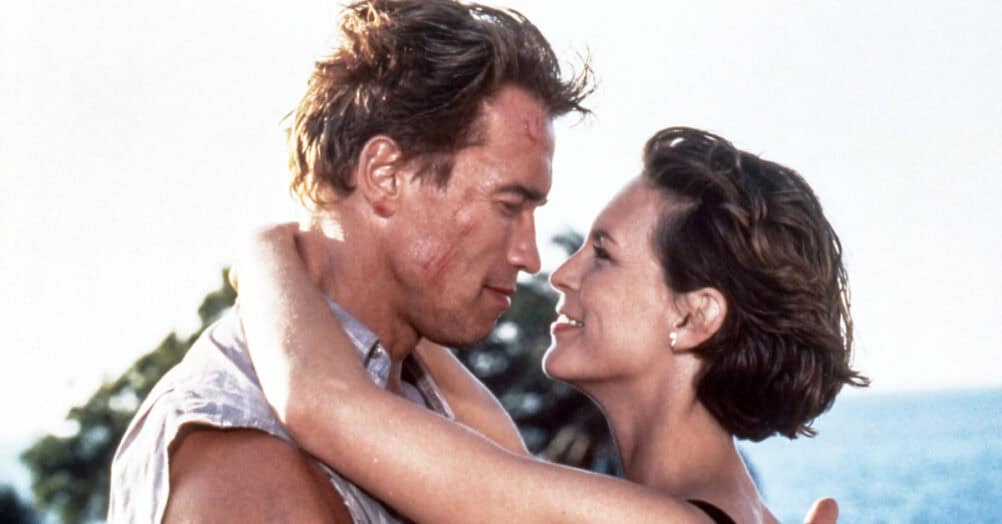
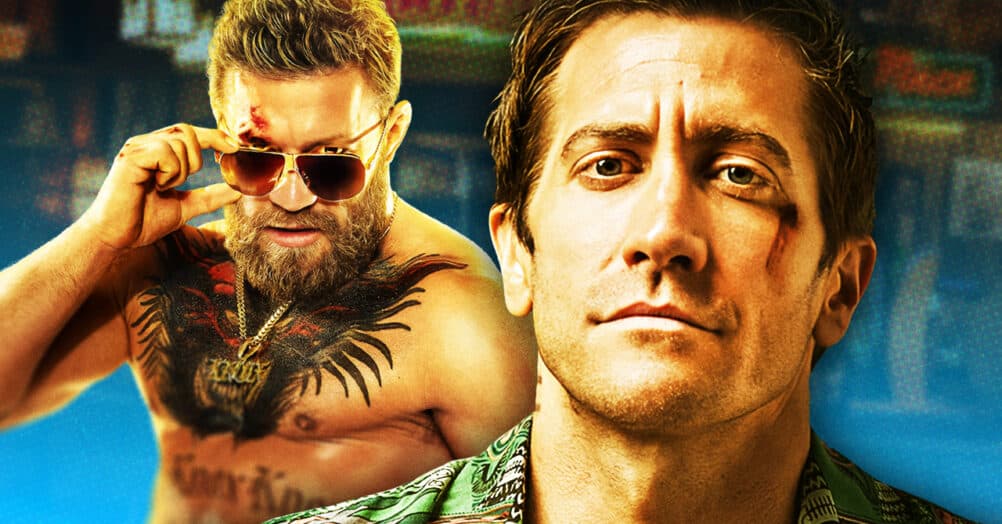

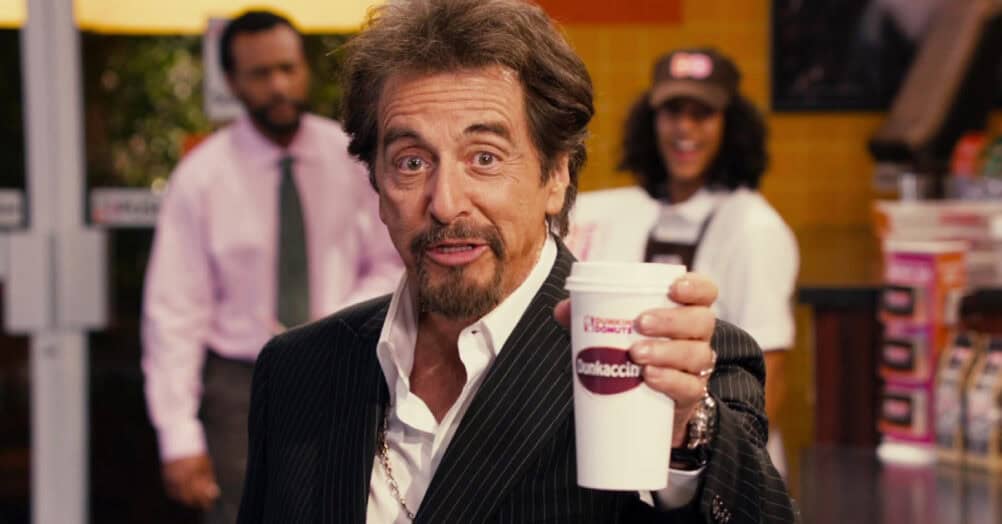
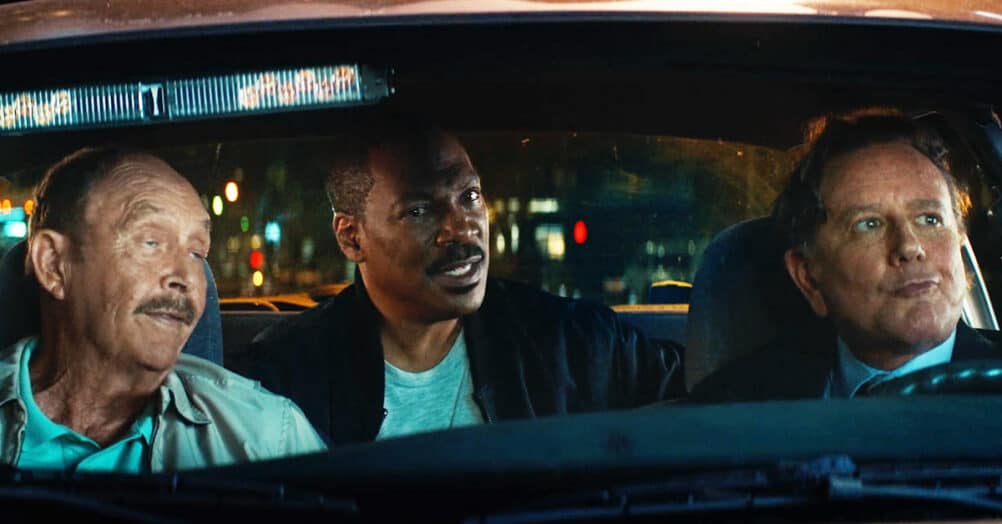
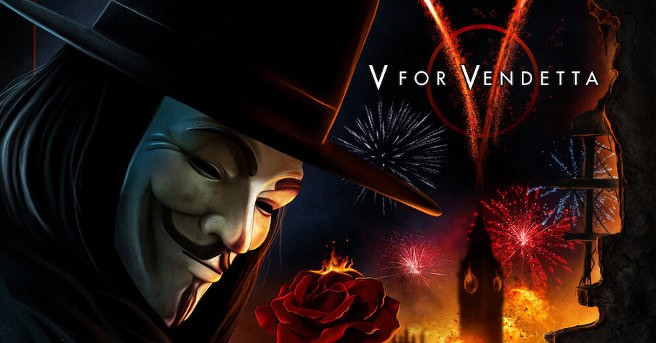
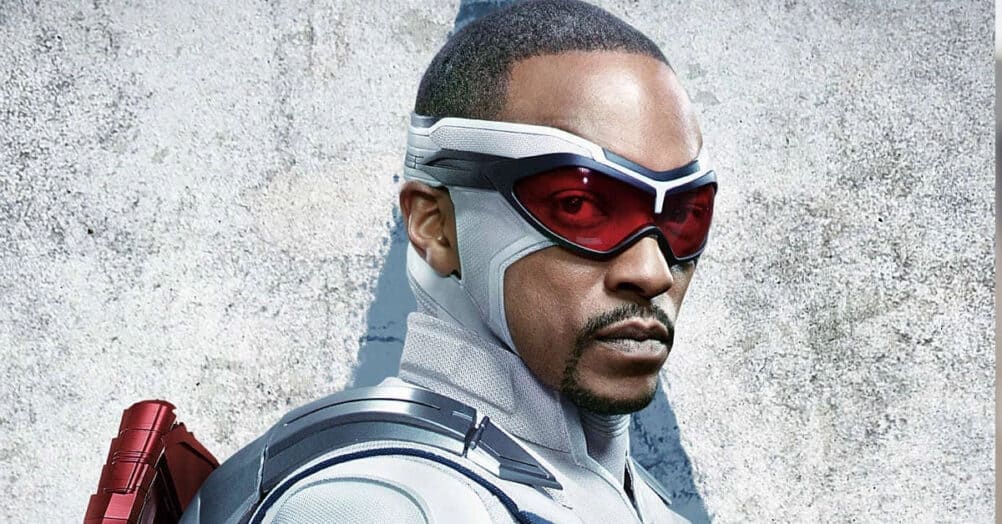
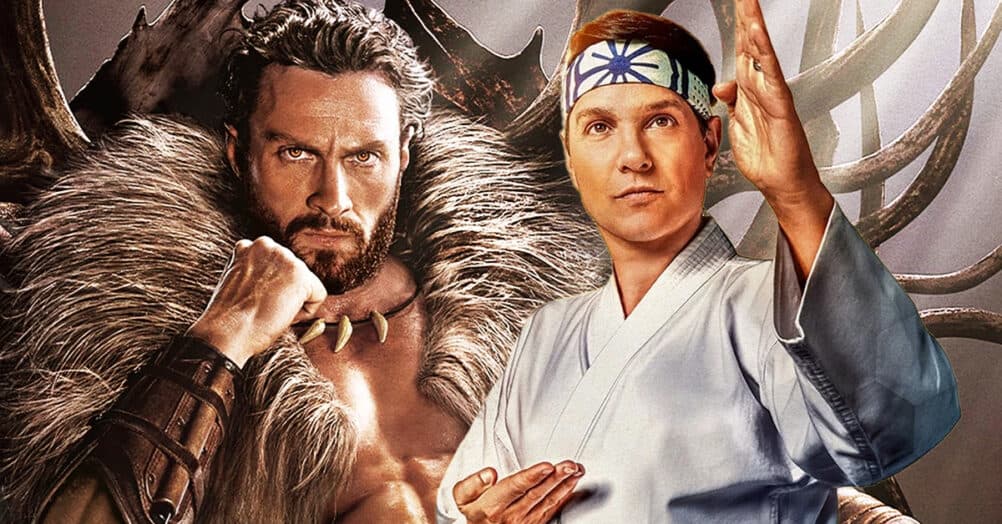
Follow the JOBLO MOVIE NETWORK
Follow us on YOUTUBE
Follow ARROW IN THE HEAD
Follow AITH on YOUTUBE